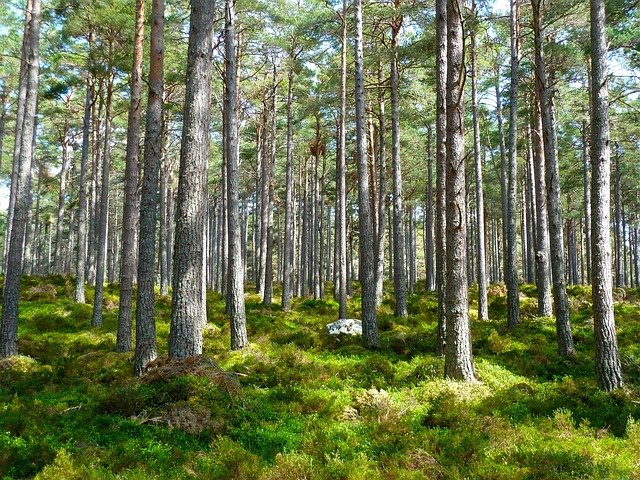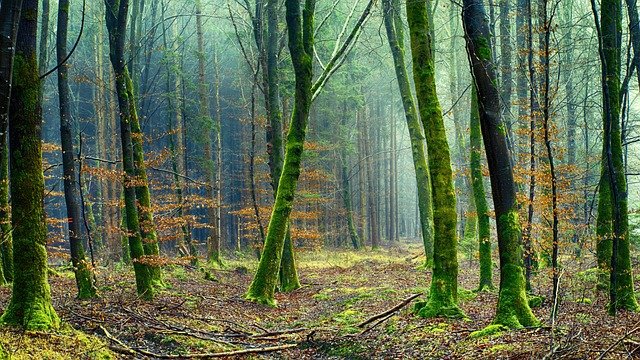**Title: "The Evolution of Storytelling in Video Games

The Secret Lives of Urban Wildlife
Urban areas are often thought of as concrete jungles devoid of nature, but beneath the surface, a vibrant ecosystem thrives. From squirrels darting across parks to raccoons rummaging through trash bins, urban wildlife has adapted to coexist with humans in fascinating ways. In this post, we’ll explore the secret lives of these resilient creatures and how they navigate the challenges of city living.
The Adaptation of Urban Wildlife
Urban wildlife has developed remarkable adaptations to survive in city environments. Here are a few examples:
Feeding Habits: Many animals have learned to forage for food in human waste or gardens. For instance, raccoons have become expert scavengers, using their dexterous paws to open containers and access food.
Nesting Sites: Birds like pigeons and sparrows have adapted to nesting on buildings and bridges, taking advantage of the structures humans have created. They often find safe spots to lay eggs away from predators.
Behavioral Changes: Urban wildlife often alters their behavior to avoid human interaction. For example, deer may become more active at dawn or dusk when human activity is low.
The Importance of Urban Wildlife
Urban wildlife plays a crucial role in maintaining ecological balance. Here are some key benefits they provide:
Pollination: Bees and other pollinators are essential for the growth of urban gardens and parks. They help maintain biodiversity in city landscapes.
Pest Control: Predators like hawks and owls help control rodent populations, reducing the need for chemical pest control methods.
Education and Awareness: Observing urban wildlife can foster a greater appreciation for nature, encouraging city dwellers to engage in conservation efforts.
Common Urban Wildlife Species
Here are some of the most common urban wildlife species you might encounter:
Squirrels: Often seen darting through parks and climbing trees, squirrels are agile foragers that play a role in seed dispersal.
Pigeons: These birds are ubiquitous in cities, often found in public spaces. They have adapted well to urban life and are a common sight.
Raccoons: Known for their masked faces and dexterous paws, raccoons are nocturnal scavengers that thrive on human leftovers.
Foxes: Increasingly spotted in urban areas, foxes are adaptable hunters that can find food in gardens and parks.
How to Coexist with Urban Wildlife
To foster a harmonious relationship with urban wildlife, consider the following tips:
Secure Trash: Keep garbage bins closed and secure to prevent raccoons and other scavengers from rummaging through them.
Plant Native Species: Create a wildlife-friendly garden by planting native plants that provide food and shelter for local species.
Observe from a Distance: Enjoy watching wildlife but keep a respectful distance to avoid stressing the animals.
Educate Others: Share your knowledge about urban wildlife with friends and family to promote awareness and conservation efforts.
Conclusion
The secret lives of urban wildlife remind us that nature can flourish even in the most unexpected places. By understanding and respecting these creatures, we can create a more harmonious coexistence, enriching our urban environments with the beauty and diversity of wildlife. So next time you’re out in the city, take a moment to appreciate the hidden lives of the animals around you!
Feel free to share your own experiences with urban wildlife in the comments below! 🦝🐦🌿

All images are taken from the Pixabay.com